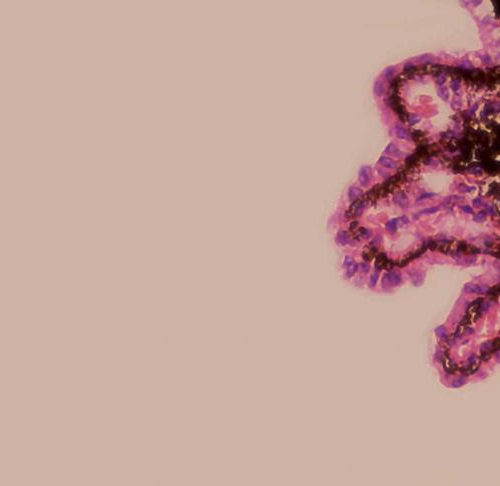by Queen Mary, University of London Acute angle closure glaucoma of the right eye (intraocular pressure was 42 in the right eye). Credit: James Heilman, MD/Wikipedia New research has identified a genetic mutation linked to a type of glaucoma, known as primary angle-closure glaucoma (PACG), which could open up new avenues for the early detection...
Tag: <span>Glaucoma</span>
Study shows glaucoma could be successfully treated with gene therapy
B: UNIVERSITY OF BRISTOL A new study led by the University of Bristol has shown a common eye condition, glaucoma, could be successfully treated with a single injection using gene therapy, which would improve treatment options, effectiveness and quality of life for many patients. Glaucoma affects over 64 million people worldwide and is a leading...
Scientists develop test that will help prevent glaucoma-related blindness
by Flinders University Australian researchers have identified 107 genes that increase a person’s risk of developing the eye disease glaucoma, and developed a genetic test to detect those at risk of going blind from it. The research, led by QIMR Berghofer Medical Research Institute and Flinders University, has been published today in the journal Nature...
Living in an area with strong air pollution increases the risk of glaucoma
More and more people choose to live in cities. They are looking for more opportunity, bigger salaries and a different standard of living. However, they are putting themselves in harms way of pollution. A new UCL-led study revealed that people who live in areas with greater air pollution are at greater risk of developing glaucoma....
New glaucoma treatment could ease symptoms while you sleep
Lead researcher Vikramaditya Yadav, a professor of chemical and biological engineering, and biomedical engineering at UBC. Credit: Clare Kiernan, University of British Columbia Eye drops developed by UBC researchers could one day treat glaucoma while you sleep – helping to heal a condition that is one of the leading causes of blindness around the world....
Scientists discover potential treatment to stop glaucoma in its tracks
Retinal ganglion cells (green) connecting with astrocytes (red) and blood cells (white) in the inner retina. Vision scientists at the University of California, Berkeley, and the University of Toronto have discovered that naturally occurring molecules known as lipid mediators have the potential to halt the progression of glaucoma, the world’s second-leading cause of blindness....
Chemists have created compounds that can treat glaucoma
Glaucoma is a serious disease associated with increased intraocular pressure which often leads to blindness. One of the ways to treat glaucoma is to reduce aqueous humour secretion in the ciliary body of the eye by suppressing (inhibiting) activity of special enzymes – carbonic anhydrases. Russian scientists from RUDN University have designed new compounds that...
‘Y’ a protein unicorn might matter in glaucoma
So unheard of was what researchers discovered in a protein associated with glaucoma that for over two years they ran it through a gauntlet of lab tests and published a new research paper on it. The tests validated what they initially saw. It was a Y-shape. That made it an extreme oddity significant to science,...
Exfoliation syndrome study reveals genetic mutation that protects against glaucoma
A leading cause of glaucoma and blindness is exfoliation syndrome, or XFS, an age-related disorder that results in excess fibrous material building up. Now, A*STAR scientists, along with an international research team, have found a novel mutation on the LOXL1 gene that appears to protect against XFS and glaucoma, alongside five new locations on a...
How eyes get clogged in glaucoma and how to free them
IBS biologists find an explanation for the increase in intraocular pressure in glaucoma and a promising therapeutic option to rejuvenate the eye Researchers at the Center for Vascular Research, within the Institute for Basic Science (IBS), have identified a new mechanism involved in the development and progression of glaucoma, and found a potential therapeutic option...

